Parachute Spiders Expected To Spread Across US Region
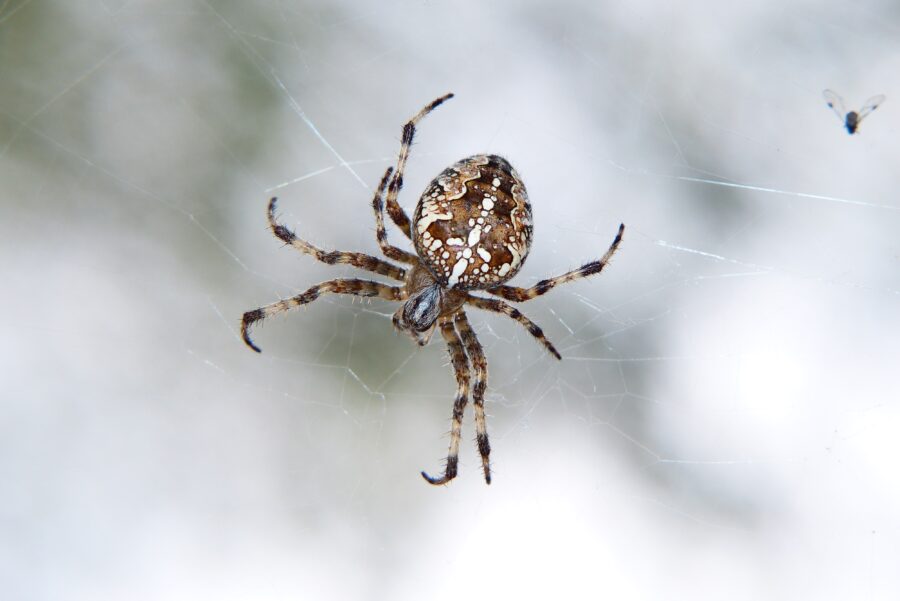
If you’re like us, the term “parachute spider” probably conjures images of venomous creepy crawlies coming at you like an invading Air Force. While some parachute spiders aren’t quite that scary, the Joro spider is large enough to give you quite a fright, especially when they come out of nowhere.
Joro Spiders In United States
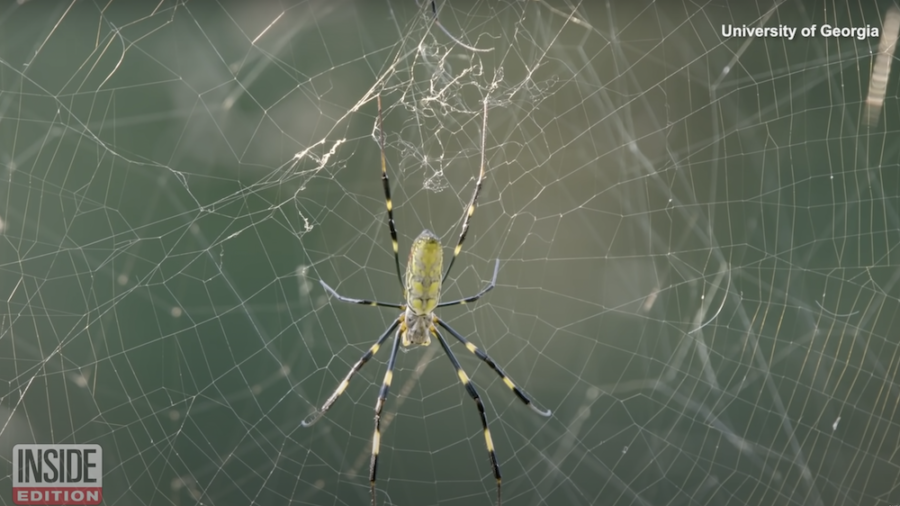
Those in the southeastern United States will soon discover this for themselves: Fox Weather reports that these spiders’ webs have already been spotted in Georgia and South Carolina, and they are expected to thread into other southeastern states such as Florida.
Just what are Joro spiders, though? These spiders are orb weavers who are originally native to Asia, but they have slowly but surely been spreading throughout the world. Of course, exactly where they spread depends on the climate due to these spiders’ unique biology.
Thrive In Colder Temps
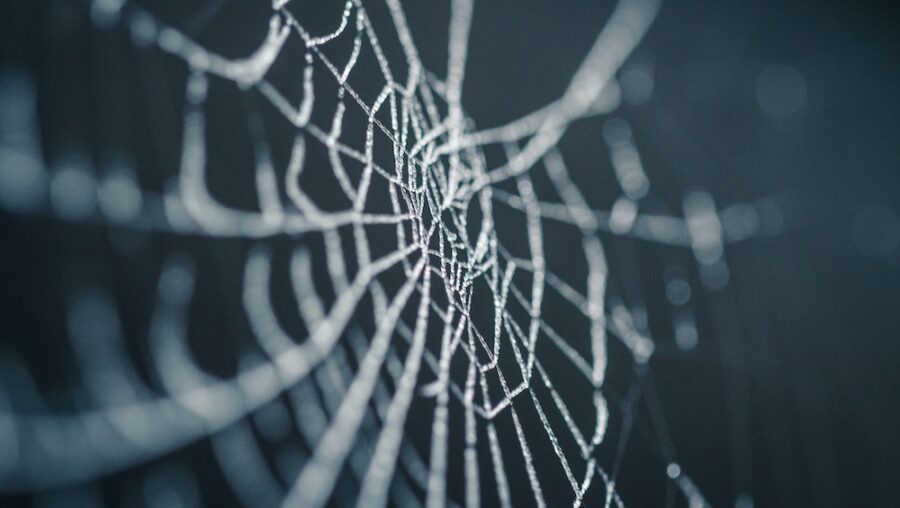
Compared to most other arachnids, Joro spiders can thrive in colder temperatures. Compared to related species, these spiders have “a 77% higher heart rate” and twice the metabolism.
Perhaps most notably, Joro spiders have the ability to survive brief freezes that would otherwise kill their spider relatives.
How does that tie into the Joro spiders spreading throughout the southeast, though?
In short, they are able to survive in both the warmer times of the year as well as the current cold season, so winter may bring no relief from these guys parachuting right in.
Spreading Further?
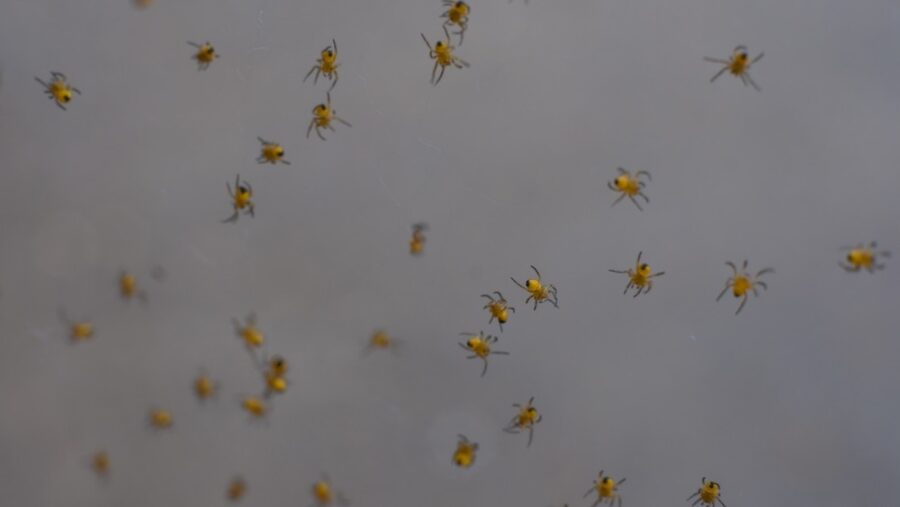
To make things worse for arachnophobes, these spiders could easily spread even further east and throughout the United States.
According to Clemson University Assistant Professor of Forest Health and Invasive Species David Coyle, their ability “to inhabit most of the eastern U.S.” effectively “shows that their comfort area in their native range matches up very well with much of North America.”
Positive Or Negative Impact?
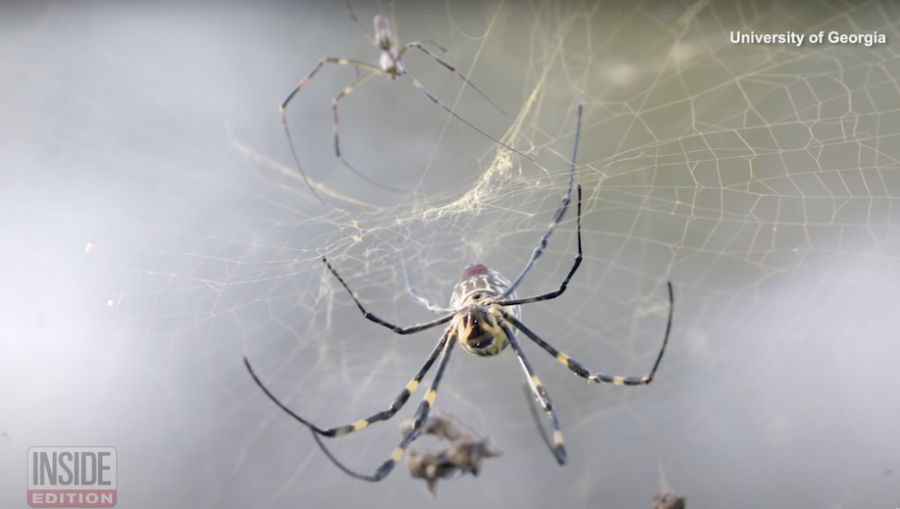
Does that mean you need to be worried about Joro spiders if they swing into town like your friendly neighborhood Spider-Man?
Well, yes and no: the bad news is that these spiders are both venomous and invasive. The good news is that they rarely try to bite pets or humans, and even if they try to bite you, their fangs are unable to penetrate your skin.
While it’s clear that Joro spiders won’t pose a significant threat to you or your pets, it’s a lot less clear whether they will have a negative impact on the environments they invade.
Caught In Air Currents

Like other spiders, they are very good at catching bugs that would otherwise pester you and your family. At the same time, they are known to push other species out of the areas they invade, and this could have unexpected and potentially very negative consequences over time.
That brings us back to the big question: why are Joro spiders referred to as “parachute spiders?” They have the ability to shoot out silky strands that get caught by air currents, effectively moving these spiders over very long distances.
Spider Ballooning
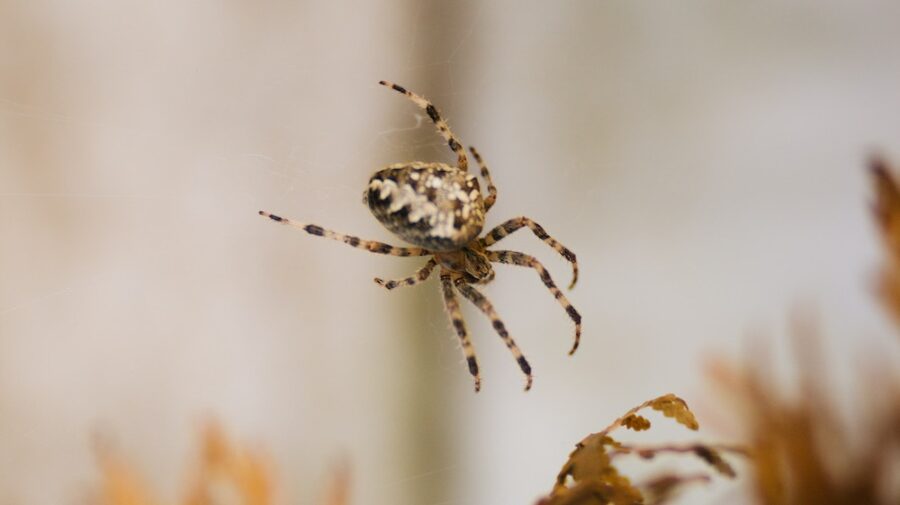
This process is also called “ballooning,” but we’re going to be honest with you: we prefer the term “parachuting” because it just sounds way, way cooler.
With any luck, these spiders won’t invade your area anytime soon. If so, you might have to channel your inner J. Jonah Jameson and begin telling everyone about the dangerous spider menace in the area.












